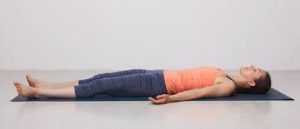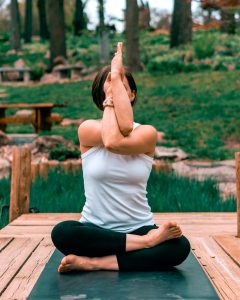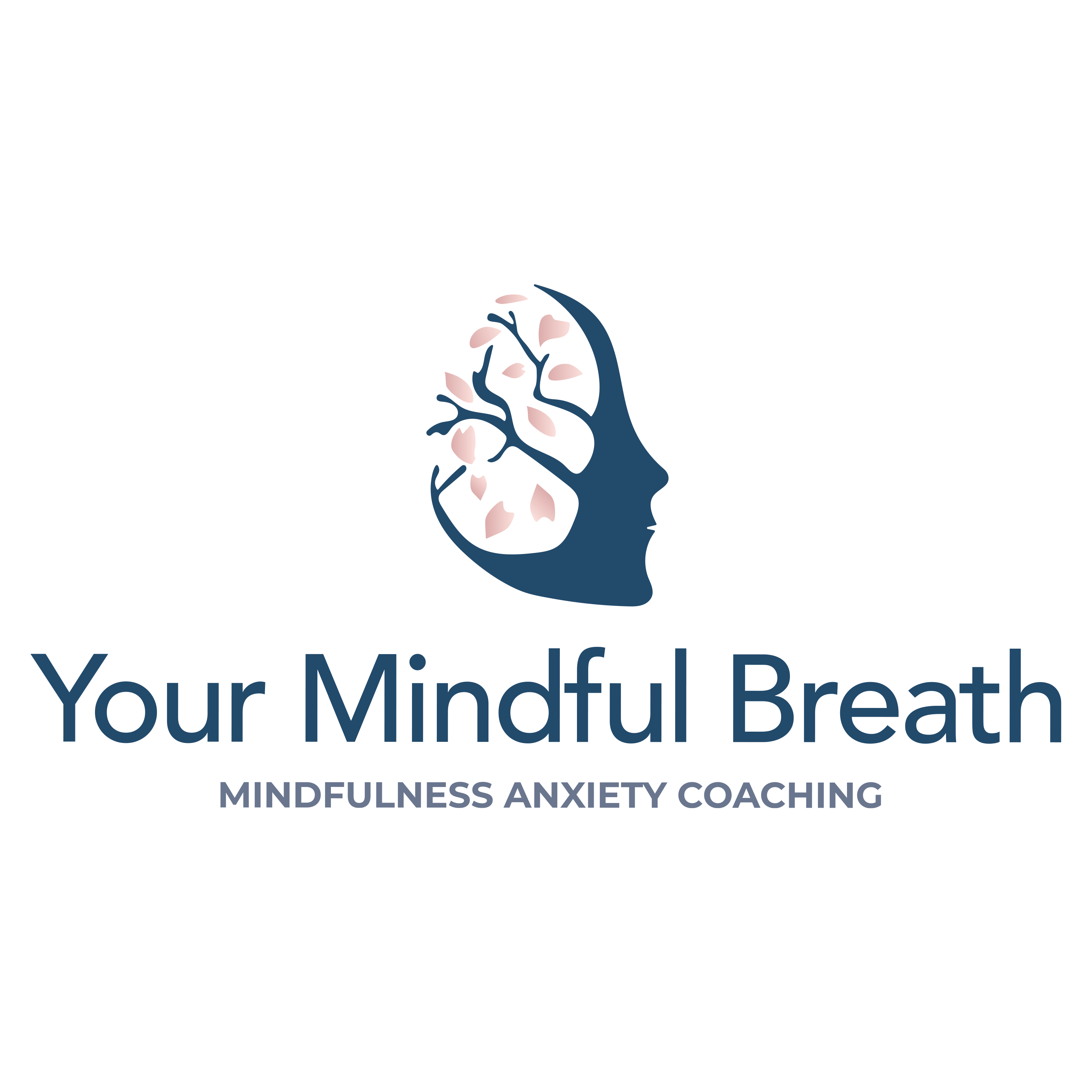There is a significant connection between a person’s breathing patterns and state of mind. While many people may not recognize the link, to skilled yoga devotees it is a simple statement of fact. Yoga teachers also believe that while shallow and rapid breathing can be a result of stress, if this breathing pattern is the standard the body maintains a more stressful state.
Pay attention to how you breathe if you are startled. This is when you’ll find yourself making a fast inhalation to your upper lungs exclusively. The body’s stress reaction is continually stimulated if this type of quick chest breathing becomes routine. This continuous shallow breathing increases the body’s fight-or-flight response, resulting in increased hyper awareness, which can be harmful to your general physical and mental health if continued for long a time.

Practising deep breathing into the bottom of your lungs reduces feeling panic, and helps keep chronic stress at bay. You might try a few different breathing meditations or yoga classes to practice taking deeper breaths.
Here’s a short thirty-minute yoga class to help practice building more patience. Not only will you connect your breath to movement and focus on deep breathing. But it may also serve as a more proactive approach to helping with stress.
Nasal, Diaphragmatic and Abdominal Breathing
The yogic answer for this rapid chest-breathing is the practice of certain breathing exercises that teach people how to breathe slowly and deeply, and to maintain it as a healthy habit.
One way to do this is to breathe through the nose in order to allow greater resistance to the air that flows in the nasal passages. This slows the breathing rate and prevents ‘gulping’. Another advantage of nasal breathing is that entering air warms up as it filters through the nose.
an alternate practice is Ujjayi breathing, which is a diaphragmatic form of breathing. This treatment can constrict the vocal chords, which increases air flow resistance and reduces breathing. As the person performs Ujjayi breathing, the sound created in the process enables yogis to achieve better meditative focus that reduces stress.
For a more detailed instruction on how to practice these breath practices, check out this guided practice here. (Ujjayi Breathing has multiple names like Ocean’s Breath, Victorious Breath or even Darth Vader Breathing)
In abdominal breathing, the person’s abdominal muscles draw more of the air out during exhalation. As an outcome, the breath volume will be greater and more oxygenated. Taking deeper and slower breaths is more efficient in bringing more oxygen into the lungs and then into the bloodstream. It also more efficiently carries out the exhalation of carbon dioxide and other waste products.

The process of slow effortless exhalation as practised in Yoga may help promote an individual’s feeling of calm and state of well-being. Slow exhalation exhale tension in the sense organs and relaxes facial muscles. The brain’s contact with all of the sensory organs will increase, resulting in sensations of wholeness and relaxation.
Advantages of Practicing Yoga Breathing Techniques
Rapid and shallow breathing increases the likelihood of increased carbon dioxide levels in the body which can lead to mental distress and an overall loss of physical and mental efficiency . The breathing techniques often used in yoga classes enable the parasympathetic nervous system to be more active, while reducing the activity in the sympathetic nervous system. As a result, the fight or flight reaction will become less active, resulting in a calm state.
A diaphragm is a muscle that can become tight and inflexible if it is overworked. With regular Yoga practice and more precise breathing movements, the diaphragm will become more elastic. Improved breathing methods create a system much more capable of handling any kind of physical, emotional and intellectual stress.
Yoga Leads to Improved Control of Your Thoughts
 Yoga also promotes better mindfulness over your thoughts. This creates a mental environment that gently avoids unjustified concerns and anxieties. Daily chores become more efficient once this ability is gained. Feeling more stress free, rather than draining energy with needless and useless worry.
Yoga also promotes better mindfulness over your thoughts. This creates a mental environment that gently avoids unjustified concerns and anxieties. Daily chores become more efficient once this ability is gained. Feeling more stress free, rather than draining energy with needless and useless worry.
Continual practice will allow a true sense of calmness and tranquility to fill the whole being. Sun Salutations and other whole-body Yoga movements are highly recommended to help them breathe more deeply and rhythmically.
Yoga is a beautiful and natural way to find stress relief every day.
If you’re interested in learning more about how Yoga can improve your mental and physical health, follow me on Instagram at www.instagram.com/yourmindfulbreath or join the Facebook Group.

